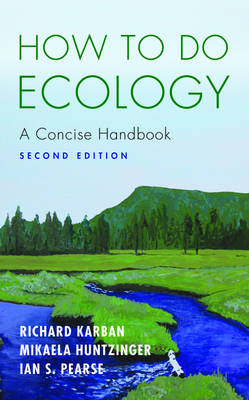Most ecology books and courses focus on the facts and the concepts. While these are essential, many young ecologists need to figure out how to actually do research themselves. "How to Do Ecology" provides nuts-and-bolts advice on how to develop a successful thesis and research program. This book presents different approaches to posing testable ecological questions. In particular, it covers the uses, strengths, and limitations of manipulative experiments in ecology. It will help young ecologists consider meaningful treatments, controls, replication, independence, and randomization in experiments, as well as where to do experiments and how to organize a season of work. This book also presents strategies for analyzing natural patterns, the value of alternative hypotheses, and what to do with negative results. Science is only part of being a successful ecologist. This engagingly written book offers students advice on working with other people and navigating their way through the land mines of research. Findings that don't get communicated are of little value.
"How to Do Ecology" suggests effective ways to communicate information in the form of journal articles, oral presentations, and posters. Finally, it outlines strategies for developing successful grant and research proposals. Numerous checklists, figures, and boxes throughout the book summarize and reinforce the main points. In short, this book makes explicit many of the unspoken assumptions behind doing good research in ecology, and provides an invaluable resource for meaningful conversations among ecologists.
- ISBN13 9781400851263
- Publish Date 21 July 2014 (first published 13 August 2006)
- Publish Status Temporarily Withdrawn
- Publish Country US
- Imprint Princeton University Press
- Edition 2., Second
- Format eBook
- Pages 200
- Language English
- URL http://degruyter.com/search?f_0=isbnissn&q_0=9781400851263&searchTitles=true
